I am trying to create a ROC curve for an SVM and here is the code I have used :
#learning from training
#tuned <- tune.svm(y~., data=train, gamma = 10^(-6:-1), cost = 10^(1:2))
summary(tuned)
svmmodel<-svm(y~., data=train, method="C-classification",
kernel="radial", gamma = 0.01, cost = 100,cross=5, probability=TRUE)
svmmodel
#predicting the test data
svmmodel.predict<-predict(svmmodel,subset(test,select=-y),decision.values=TRUE)
svmmodel.probs<-attr(svmmodel.predict,"decision.values")
svmmodel.class<-predict(svmmodel,test,type="class")
svmmodel.labels<-test$y
#analyzing result
svmmodel.confusion<-confusion.matrix(svmmodel.labels,svmmodel.class)
svmmodel.accuracy<-prop.correct(svmmodel.confusion)
#roc analysis for test data
svmmodel.prediction<-prediction(svmmodel.probs,svmmodel.labels)
svmmodel.performance<-performance(svmmodel.prediction,"tpr","fpr")
svmmodel.auc<-performance(svmmodel.prediction,"auc")@y.values[[1]]
but the problem that the curve ROC is somthing like this :
